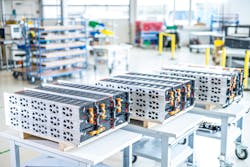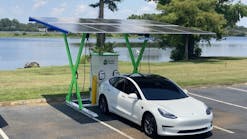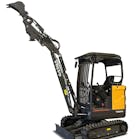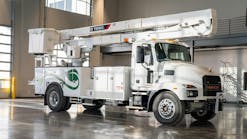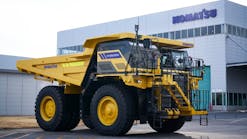John Deere has announced its next steps in meeting the demand for batteries as a sole- or hybrid-propulsion system.
In addition to the production facility in Austria, John Deere is making an immediate investment in two additional locations to increase the production capacity expansion of Kreisel Electric—the battery technology company in which John Deere recently acquired majority ownership.
The significant capital commitment will bring an increase of over 2 GWh to Kreisel battery production capacity, beginning with the opening of a new facility at the John Deere Saran (France) factory—the primary manufacturing location for John Deere engines in the European Union. In parallel with this project, John Deere will also invest in battery assembly in the United States to support the growth of its customers and John Deere products.
“This investment will put a strong focus on the industrialization and automation of the entire production process, as well as research and development capacities at Kreisel HQ in Rainbach,” said Jennifer Preston, global director, John Deere Electric Power.
By leveraging the established expertise at the Saran facility, Kreisel will have access to supply chain management, manufacturing engineering, quality assurance, logistics coordination, and automation solutions. The funds from the investment will primarily be deployed within the mobile commercial and industrial solutions as well as the charging infrastructure division of Kreisel.
Markus Kreisel, managing director, Kreisel Electric said: “We welcome this strategic investment to help us answer the ever-increasing international demand for Kreisel battery technology.”
This investment follows the finalization of the acquisition of majority ownership by John Deere earlier this year and emphasizes the commitment of John Deere to expand and strengthen the position of Kreisel as an international battery technology leader. The strategic alignment with Kreisel will also serve as the cornerstone for the electrification of John Deere Brand products. “We are embarking toward a future with zero emissions propulsion and pursuing our sustainability goal to demonstrate viable low- and no-carbon alternative power solutions by 2026,” said Preston.
“Now is the time for us to start running and demonstrate leadership in the pursuit of electrification,” Kreisel said.
Source: John Deere Power Systems
